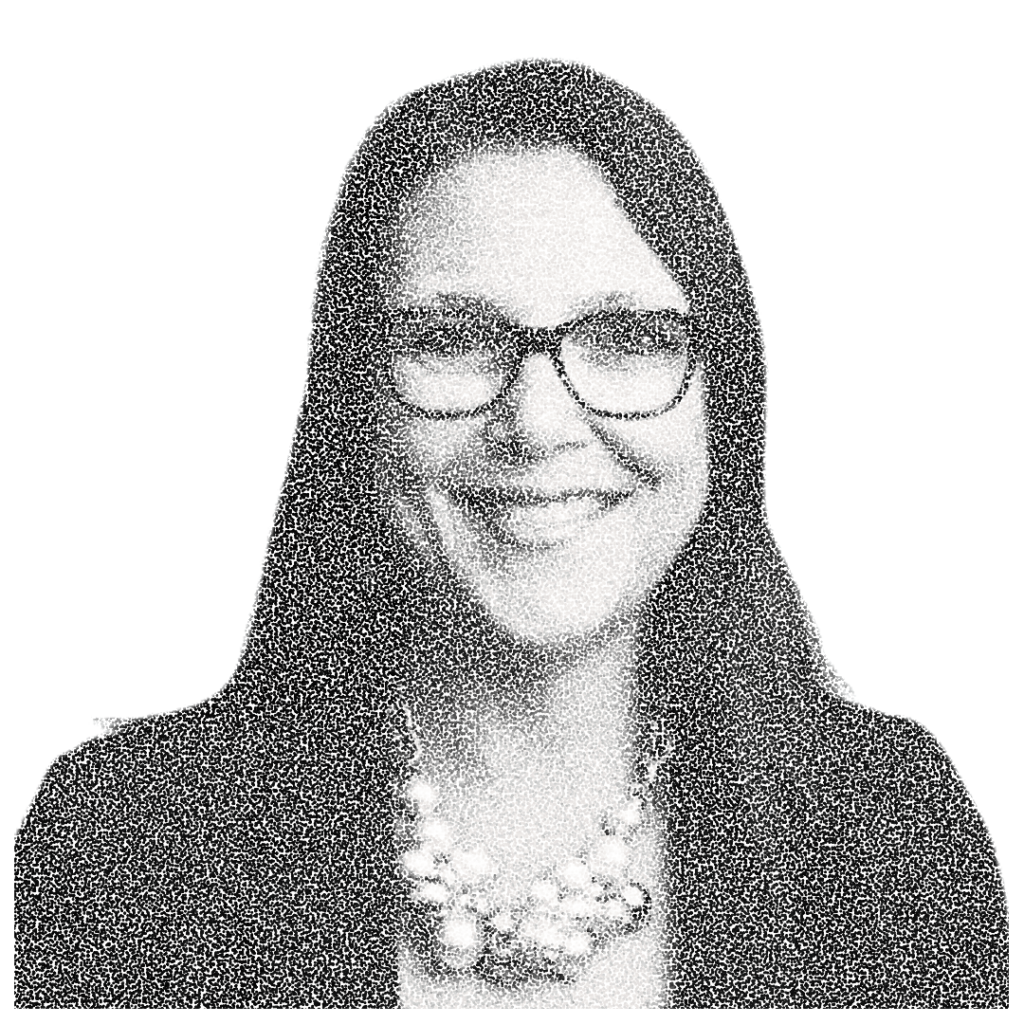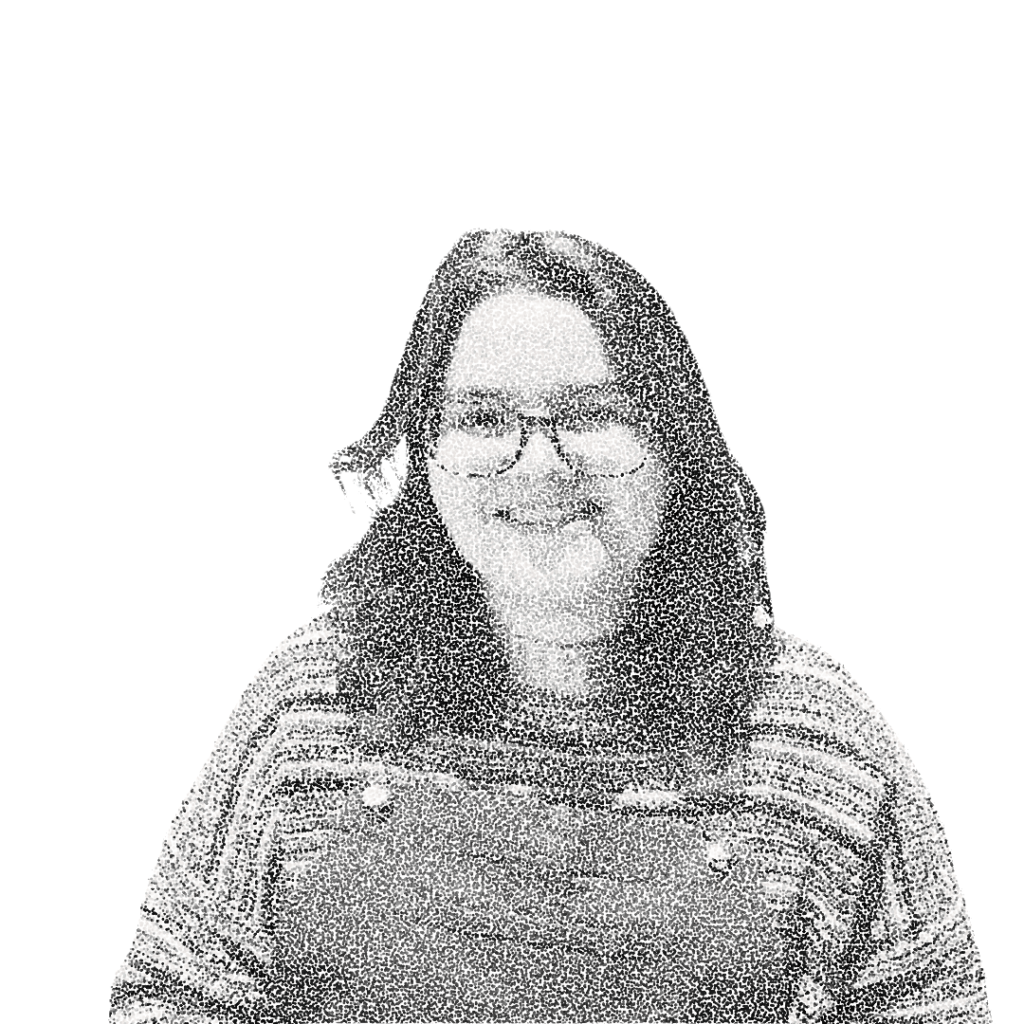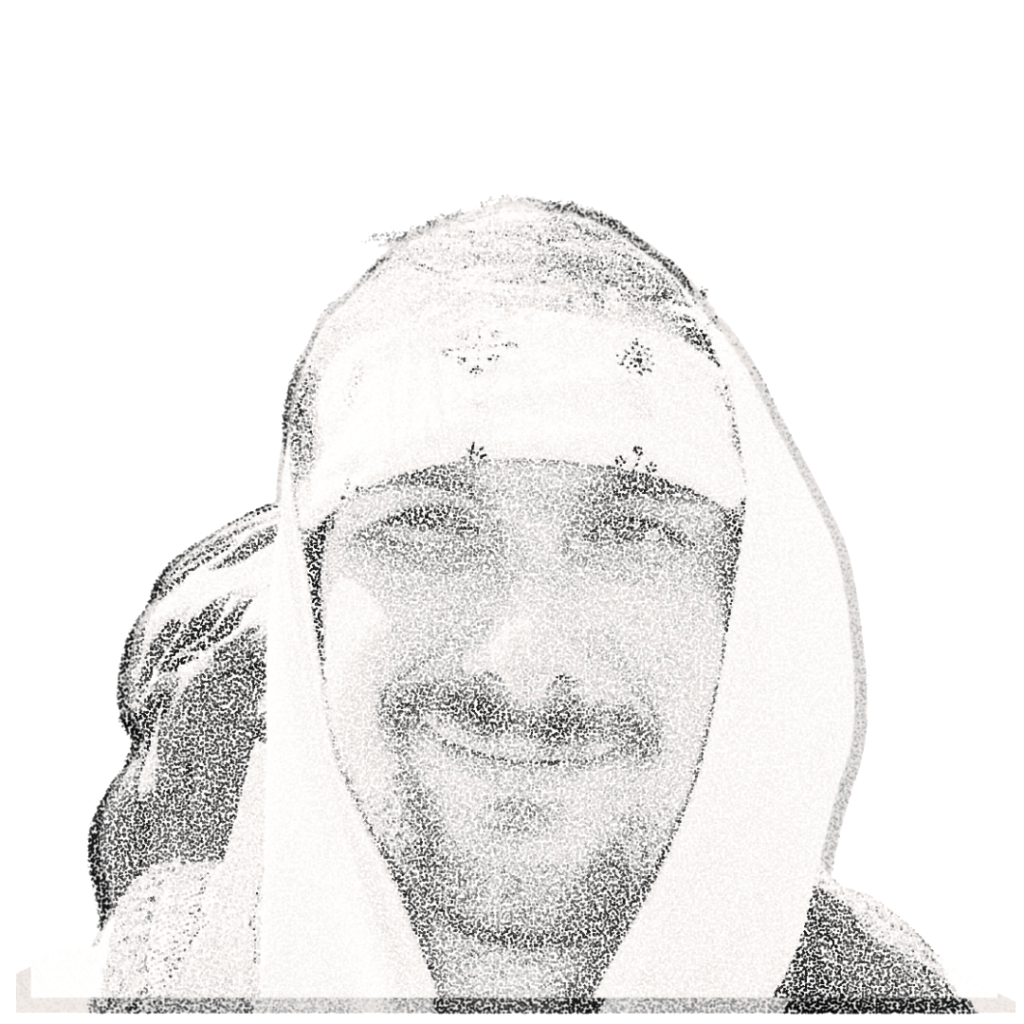The Hill News asked five Laurentians to weigh in on the same topic. This week, they responded to the prompt “Balance.”
Elizabeth Colucci
The younger me was never troubled by the concept of balance.
My zest for living life to the fullest never considered this thing called balance.
Of course, I did my best to balance my checkbook since it was always so paltry. But I filled my days and nights with interesting work, books, activities, travel and people.
I rarely turned down an invitation. To me, that was a balanced life, one filled with as much as I could fit in.
Of course, over time, the consideration of a balanced life became a societal thing to consider.
As a parent and then a single parent, my balance changed.
My schedule was not solely my own, and I wanted to be the best possible parent. My priorities and my time were in a different balance. I juggled a lot, trying to balance work, my kid’s school, their activities, and other family responsibilities. However, I still prioritized my own needs and continued to fit in time for friends, volunteering and exercise.
I developed a more developed sense of balance as I got older.
My priorities didn’t change but I exercised those priorities in how I spent my time. I prioritized my health, sleep, meaningful relationships and doing the things that bring me joy.
I am less afraid to say no to things I do not want to do, yet I continue to fill my life with the people and activities that bring me happiness.
And, I continue to live a joyful life.

Tyler Karasinski
This week’s prompt brought a memory to mind. You’re walking through the Muir Woods, a dense grove of coastal redwoods, lush ferns and moss-coated pathways in Marin County, just shy of the Golden Gate Bridge and the exciting bustle of San Fransisco.
On either side of the park, the muddy ground rises into a gentle slope, encapsulating the area and tucking it away between the rolling hills. Down the center of the small valley runs a stream, gurgling and trickling over snarled roots and occasionally sparkling in the sunlight that slips through the thick canopy hundreds of feet above the forest floor. The water is impossibly clear.
You’re standing on a short, wooden plank bridge over the stream, leaning on a railing and watching the water trickle on its way to the coast. There are no thoughts or concerns in your mind. Right now, you are truly enveloped in the moment. On impulse, you sit down on the bridge. It’s low enough that if you lean forward, you can let your fingertips hang in the water. Its ripples are cold to the touch but not uncomfortable. You remember a meditative mantra that your favorite professor had taught you and recite it to yourself, slowing your breathing and embracing the call of the woods.
“Breathing in, I calm myself.
Breathing out, I smile.
Living in the present moment,
This is a wonderful moment.”
You’ve never felt more at peace and laugh slightly to yourself as you wonder if you’ve been missing out on whatever this is for the first twenty years of your life; if everyone else has been in on this, like the world’s worst-kept secret. But for now, you have no worries or cares. You’re just sitting by the water, breathing and listening to the birdsong.
That is balance.
Kathryn Suddaby
It’s no secret that I’ve had a few gnarly falls throughout my life. If there is one thing I’ve learned as an arthritic, it’s how to roll an ankle.
I have fallen so many times in my life from simple missteps that my mom had to teach me the proper technique for wrapping my ankles in compression bandages. My favorite falling story to tell is one I wholeheartedly refer to as “the time I fell off a bus.”
When I was 15, I would attend softball practice after school by taking a shuttle bus from the middle school to the field we practiced on. We had five minutes every day to leave class, put on our uniforms and cleats, grab our equipment bags, and take our seats on the bus.
If you weren’t outside by the time the bus left, you would be left behind and forced to call someone for a ride: embarrassing.
Do you know what’s more embarrassing than missing the shuttle bus? ripping on the untied cleats that you hastily put on at the end of the bus ride, as you jump off that third step, onto the pavement. I sprained and fractured my ankle, and I had to tell my coach that I hurt myself before stepping foot onto the softball field.
After the fall, I went to physical therapy because my rheumatology doctor was not pleased to hear of the damage I had done.
That’s when I learned the importance of stretching! Every time I went to physical therapy, I noticed the posters on the walls that stressed the importance of stretching as you get older because it improves your balance.
I can’t forget my past falls, but when I’m old and out of my mind, I’ll be running circles around everyone in the retirement center!

Amanda Vansant
Balance means a lot of different things to me- but primarily, it is the word that I let guide my life.
I spend a large portion of my life balancing on the two wheels of my mountain bike and the two skis under my feet.
The rest of the time, I am balancing, like many others at St. Lawrence, my academic responsibilities and finding time for myself.
Much like riding a bike or skiing, balancing your mental health and responsibilities successfully is a skill that takes practice.
I have come to view this practice as the most valuable aspect of my college experience.
A campus like this one presents many opportunities to engage with the community in different ways, often leading me to say “yes” to one too many of them.
However, organizations like the house I live in — the LIGHT House — seek to guide students in learning how to live intentionally and find balance in their chaotic lives.
Taking the time for myself to rest and nourish my mind is something I highly value, and I am always working on finding ways to fit into my schedule.
While the degree I’ll receive in May will be a testament to my geology knowledge, it will also be a testament to my ability to balance all the things that make me who I am.
I urge every student who reads this to find ways to nourish all of the different aspects of their lives that make them feel fulfilled, following their hobbies to clubs, theme houses and classes.
Do this all while keeping the idea of balance in the front of your mind.
Dan French
“Balance.” In part, the mission of Nature Up North is “to foster a deeper sense of appreciation for, and connection to, the North Country environment and create a community that is committed to protecting the wild things and wild places that define this place we call home.”
As its project manager, I think it’s important to give people as many opportunities to interact with their environment as I can. I also think it’s important to preserve nature as much as I can. How can you do both?
In 2019, I was an intern with the National Park Service’s Office of Policy in Washington, D.C. At the time, some parks were starting to consider limits on daily entry, and it was creating a spirited debate about what public lands really meant. How public were they? Can parks honestly restrict open access to all and still be considered public land?
In 2020, our own Adirondack Park was ravaged by an incredible uptick in usage by remote workers desperate for a taste of the outdoors. With over 12 million visitors in 2020, its most popular trail, Cascade Mountain, saw an increase from 5 thousand annual hikers in 2000 to over 35 thousand annual hikers in 2020.
Today, many major National Parks have entrance fees, some have extensive permitting systems, and the public has begrudgingly accepted these changes. In Adirondack Park, the Adirondack Mountain Reserve has faced steep resistance to its no-cost parking reservation system, limiting access to a popular access point for several high peaks.
So, what’s the balance? Can we trust people with unchecked access to natural areas? Probably not. Should we restrict access, and who decides? It’s a complicated question in a state park checkered by private and public lands and whose private landowners are as much responsible for the health of the landscape as the government.




